The SZ is a discontinued series of notebook computers from Sony introduced in mid-2006 to replace the S series. They fall into the ultraportable notebook class, with a 13.3" 16:10 ratio 1280x800 screen, and a weight from 1.69kg for the top model, which featured carbon fiber casing. The first models came with an Intel Core Duo Processor; in later models, this was replaced with an Intel Core 2 Duo.
All models came with a hybrid graphics system, which features an integrated GMA 950 graphics and an Nvidia GeForce Go 7400 (later replaced with GeForce 8400M) graphics and were the first to be able to switch between the two with a reboot of the system.
The chip-sets of SZ series have two basic modifications. There are different BIOS and chipset drivers available. The Napa chip-set line is installed in makes SZ1 to SZ4 and Santa Rosa is installed in SZ5 and up.
Most other hardware parts are gradually upgraded with increasing series number. Typically, the original drivers for advanced series are backward compatible with previous variants. Those drivers contain code for earlier hardware variants and can be installed instead of older driver packages. It is particularly useful since earlier series were not designed for Vista or Windows 7 OS. Sony download pages for earlier SZ series don't have drivers for these systems. All SZ series are capable to run Windows 7 OS if proper RAM and BIOS upgrades are performed.
SZ peripheral hardware contained: Bluetooth, WiFi, Landline modem, WLAN modem, Ethernet, Built-in web camera, memory card reader, fingerprint reader, audio, TPM module, Sony programmable IO module, ALPS touchpad.
The SZ series was superseded by the Z series (high-end, 13.1" screen) and SR series (lower cost, 13.3" screen) in 2008.
VAIO is a brand of personal computers and consumer electronics, currently developed by Japanese manufacturer VAIO Corporation, headquartered in Azumino, Nagano Prefecture.
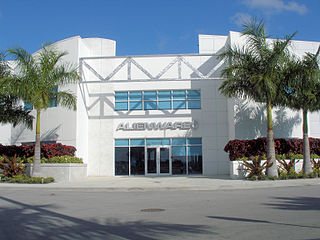
Alienware is an American computer hardware subsidiary of Dell. Their product range is dedicated to gaming computers which can be identified by their alien-themed designs. Alienware was founded in 1996 by Nelson Gonzalez and Alex Aguila, and is currently led by Vivian Lien. The development of the company is also associated with Frank Azor, Arthur Lewis, Joe Balerdi, and Michael S. Dell. The company's corporate headquarters is located in The Hammocks, Miami, Florida.
Dell XPS is a line of consumer-oriented high-end laptop and desktop computers manufactured by Dell. The XPS mainly competes against computers such as Acer's Aspire, HP's Pavilion and Envy, Lenovo's X1, Samsung's Sens, and Apple MacBook Pro.
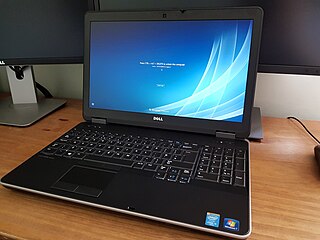
The Dell Latitude series is a line of laptop computers manufactured and sold by American company Dell. It is a business-oriented line, aimed at corporate enterprises, healthcare, government, and education markets; unlike the Inspiron series, which is aimed at individual customers, and the Vostro series, which is aimed at smaller businesses. The Latitude directly competes with the Lenovo ThinkPad and the EliteBook series by HP. Additionally, the "Rugged (Extreme)", "XFR" and "ATG" models compete primarily with Panasonic's Toughbook line of "rugged" laptops.
The Intel Graphics Media Accelerator (GMA) is a series of integrated graphics processors introduced in 2004 by Intel, replacing the earlier Intel Extreme Graphics series and being succeeded by the Intel HD and Iris Graphics series.

The SiS 630 and SiS 730 are a family of highly integrated chipsets for Intel and AMD respectively. At the time of release they were unique in that they not only provided VGA, Audio, LAN, IDE and USB functionality on board, but were also in a single-chip solution. At the time of release (1999) most chipsets were composed of physically separate north-bridge and south-bridge chips. Only later have single-chip solutions become popular in the mainstream, with chipsets such as the nVidia nForce4.
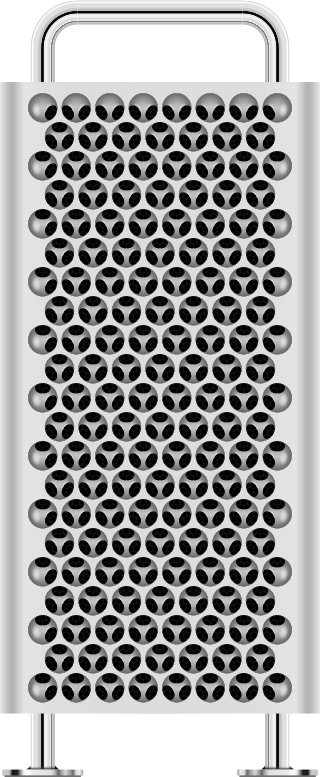
Mac Pro is a series of workstations and servers for professionals that are designed, developed and marketed by Apple Inc. since 2006. The Mac Pro, by some performance benchmarks, is the most powerful computer that Apple offers. It is one of four desktop computers in the current Mac lineup, sitting above the Mac Mini, iMac and Mac Studio.
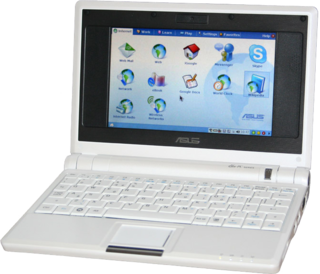
The ASUS Eee PC is a netbook computer line from Asus, and a part of the ASUS Eee product family. At the time of its introduction in late 2007, it was noted for its combination of a lightweight, Linux-based operating system, solid-state drive (SSD), and relatively low cost. Newer models added the options of Microsoft Windows operating system and rotating media hard disk drives (HDD), and initially retailed for up to 500 euros.

The HP Pavilion dv9000 series was a model series of laptops manufactured by Hewlett-Packard Company with 17.0" 16:10 screens.
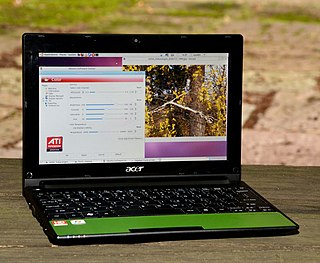
Acer Aspire One is a line of netbooks first released in July 2008 by Acer Inc.
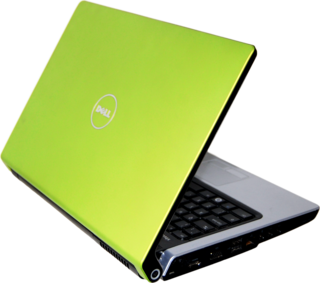
Dell's Studio brand was a range of laptops and desktops targeted at the mainstream consumer market. The computers sit above Dell's Inspiron and below the XPS consumer lines in terms of price and specifications. They differ from Dell's lower-end Inspiron models by offering slot-loading optical drives, media keys, more cover design options, faster processor options, HDMI and eSATA ports, LED-backlit screens and backlit keyboards.

HP TouchSmart is a series of tablet PC laptops and touchscreen all-in-one desktop computers designed by HP. It features various Intel or AMD processors and runs Windows Vista or Windows 7 as standard.

iMac is a family of all-in-one Mac desktop computers designed and built by Apple Inc. It has been the primary part of Apple's consumer desktop offerings since its debut in August 1998, and has evolved through seven distinct forms.
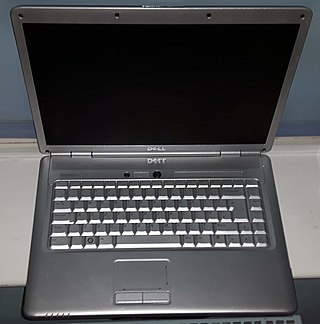
The Inspiron 1525 is a laptop designed and distributed by Dell as part of their Inspiron product line. There is also an AMD variant known as the Inspiron 1526. The laptop is the successor to the Inspiron 1520, and was released on January 4, 2008. This computer was available to purchase on the Dell website, where it could be customized to the user's specification.
Sony has used the Z model naming scheme for its high-end ultraportable notebook computers since 2000. Unlike other Sony models, the Z has always been manufactured in Japan or in the United States for some models. Sony has stated that production of the Z series will cease at the end of 2012.
The Sony Vaio SR series was a line of consumer-grade notebook computers from Sony introduced in July/August 2008 to replace the Sony Vaio C series range, as a part of the Intel Centrino 2 launch. They are equipped with a 13.3" screen and weigh approximately 1.95kg, significantly lighter than the C series, similar to the non-premium carbon fiber models of the SZ, but significantly heavier than the Z Series.

The Vaio S series was a line of notebook computers from Sony introduced in summer 2004. They have been touted as business laptops, and their designs have focused on being thin and light. They also have features friendly to businesspeople, such as TPM chips, matte (anti-glare) displays, RAID SSDs, and extended sheet batteries, as well as continuing to include RJ-45 and VGA (D-Sub) connections.

Lenovo Yoga is a line of consumer-oriented laptop computers and tablets designed, developed and marketed by Lenovo, named for their ability to assume multiple form factors due to a hinged screen.

The HP Envy is a line of consumer-oriented high-end laptops, desktop computers and printers manufactured and sold by HP Inc. They started as a high-end version of the HP Pavilion line.
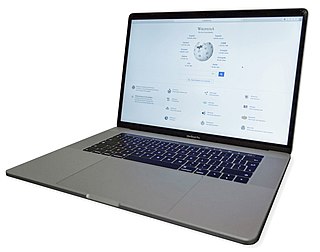
The Intel-based MacBook Pro is a discontinued line of Macintosh notebook computers sold by Apple Inc. from 2006 to 2021. It was the higher-end model of the MacBook family, sitting above the consumer-focused MacBook Air, and was sold with 13-inch to 17-inch screens.